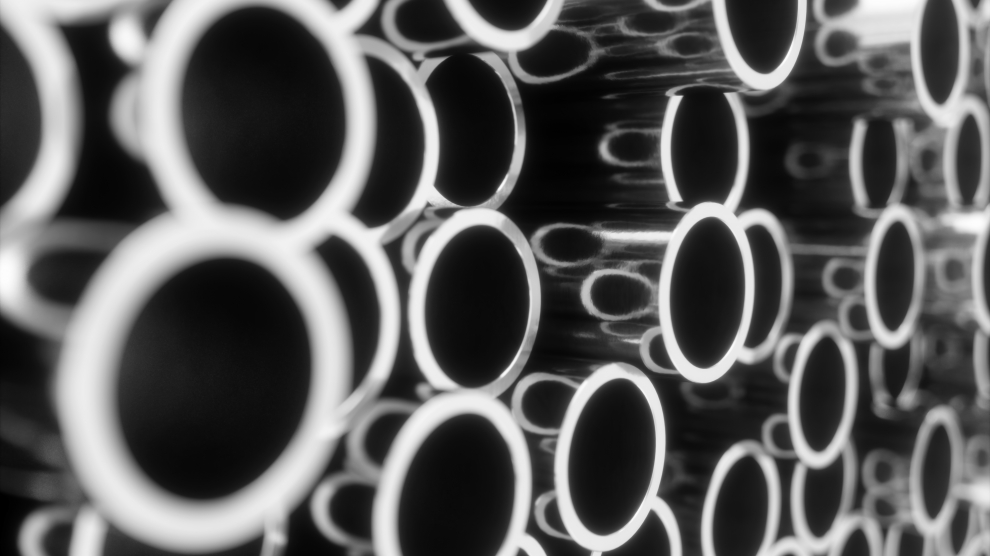Russian aluminium producer UC Rusal reduced aluminium output by 1.4 per cent in the second quarter of 2020 compared to the previous quarter, to 927,000 tons, the company has said in a statement. Aluminium sales in the first half of the year decreased by four per cent, and the average price was affected by the reduction in premium pricing. Analysts warn that the low price of aluminium and the decline in sales of its value-added aluminium products (VAP) could lead to H1 financial results which are “one of the worst in company’s history”.
H1 2020 production levels remained at the same level as those for the same period of last year, at 1.867 million tons of aluminium.
Company sales of aluminium in H1 2020 fell 4.4 per cent to 1.89 million tons. Sales recovered by seven per cent to 976,000 tons in the second quarter of 2020.
The share of Rusal VAP fell to 37 per cent in the second quarter of 2020 due to the Covid-19 pandemic, compared with 46 per cent in January-March.
The EU region remains Rusal’s main customer for its aluminum supply (46 per cent), but the share fell by nine per cent amid the pandemic, while Asia, where the lockdown was less severe, now accounts for 27 per cent of sales, up from 15 per cent a quarter earlier. This shift in sales geography also contributed to the decrease of premiums in spot pricing.
The premium for the quarter fell 18 per cent to 128 US dollars per ton, which is also explained by the lower share of VAP. Compared to the data from a year ago, the premium is 10 per cent lower.
The London Metal Exchange (LME) price of aluminium fell by 10.7 per cent (to 1,526 US dollars) which drove the average selling price of aluminium in the second quarter down to 1,654 US dollars per ton, an 11 per cent decrease over the previous period, and an 18 per cent premium drop.
According to BCS GM estimates, the average price of Rusal aluminium suggests a discount to the benchmark of 32 US dollars per ton (in January-March it was four US dollars per ton, a year earlier – five US dollars).
The volume of alumina production in the quarter remained at the level of the previous quarter, amounting to 2.009 million tons, of which 35 per cent fell on domestic alumina.
Bauxite production in the second quarter increased by 8.8 per cent to 3.892 million tons, driven by higher volumes in Timan and seasonally low January-March levels.
Production and sales results were below VTB Capital’s forecasts, which is explained by a slight decrease in the utilisation of Siberian factories and a six per cent decline in Kubal production.
BCS GM considers Rusal’s operating results to be “expectedly weak,” although it notes that operating results may improve in the next quarter, which is partly dependent on the second wave of Covid-19 and possible related restrictions. However, the annual result will be weak, given the expected balance in the aluminum market for the remainder of the year, according to the BCS GM forecast.
The financial results for the half-year may turn out to be “one of the worst in the company’s history,” primarily due to the low price of aluminum, VTB Capital believes. The investment bank expects EBITDA to fall by 50 per cent from the previous half year, to 228 million US dollars. Despite the Norilsk Nickel dividend of 448 million US dollars, free cash flow will be in the negative zone (minus 58 million US dollars). Net debt will not decrease but will grow by more than one per cent compared to the beginning of the year, amounting to 6.54 billion US dollars, VTB Capital believes.
Rusal notes that during the second quarter of 2020, the market was recovering from the disruption caused by Covid-19. While manufacturing activity grew at its fastest pace in several months in the United States, Brazil, France, Turkey and China, recovery in other countries was slower. While a potential second wave of Covid-19 continues to create uncertainty in the market, most countries are more optimistic about the second half of 2020.
The demand for aluminium in the first half of the year fell by 6.6 per cent, to 30.3 million tons, while production increased by 1.8 per cent, to 32.1 million tons. In particular, China’s demand remained generally unchanged, while metal production increased by 2.8 per cent. Thus, the market has a surplus of 1.8 million tons in the first half of the year.
About 12 per cent of the world’s aluminium smelters outside of China operate at a loss producing approximately 3.5 million tons, and their costs are higher than current prices, says Rusal.
—
Unlike many news and information platforms, Emerging Europe is free to read, and always will be. There is no paywall here. We are independent, not affiliated with nor representing any political party or business organisation. We want the very best for emerging Europe, nothing more, nothing less. Your support will help us continue to spread the word about this amazing region.
You can contribute here. Thank you.








[…] The EU region remains Rusal’s main customer for its aluminum supply (46 per cent), but the share fell by nine per cent amid the pandemic, while Asia, where the lockdown was less severe, now accounts for 27 per cent of sales, up from 15 per cent a quarter earlier. This shift in sales geography also contributed to the decrease of premiums in spot pricing.Source… […]